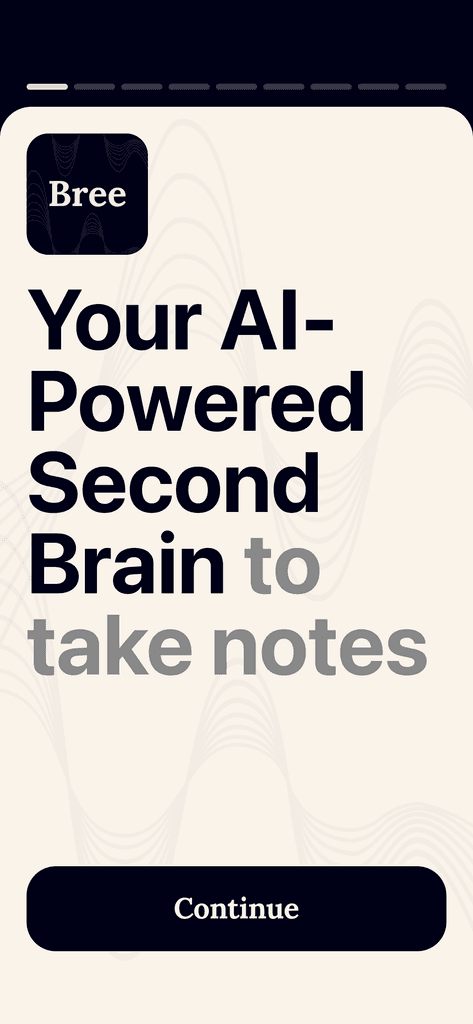Detailed Summary of "Introduction to Human Behavioral Biology" by Robert Sapolsky
In this lecture, Robert Sapolsky explores the complexity of human behavior through the lens of biology, psychology, and evolutionary principles. He emphasizes the importance of examining behavior from multiple levels—molecular, genetic, neurological, and environmental—rather than relying on a single, reductionist view.
Core Concepts and Framework
Multi-level Approach:
Behavior is not solely determined by biology or environment; it is shaped through an interplay of genetics, neurobiology, and life experiences.Neuroplasticity and Genetics:
Human behavior is malleable. Genes and brain structures provide a predisposition, but the environment shapes and modifies these potential behaviors over time.Homeostasis:
The body constantly works to maintain internal balance. Disruptions, such as stress, influence behavioral changes. Sapolsky discusses how stress hormones, like cortisol, can affect long-term health and behavior.Epigenetics:
Environmental factors can influence the expression of genes across generations, showcasing how behavior evolves and adapts to conditions over time.
Notable Topics from the Lecture
Proximate vs. Ultimate Causes:
Proximate Causes are the immediate triggers behind a behavior, such as hormonal changes or neural activity.
Ultimate Causes reflect evolutionary explanations, exploring why certain behaviors developed over millennia.
Nature vs. Nurture:
Sapolsky argues that separating nature (biology) from nurture (environment) is misleading, as both continuously interact to shape behavior.Stress and Behavior:
Stress responses—acute or chronic—play a significant role in behavioral patterns. Short-term stress can trigger fight-or-flight reactions, while chronic stress can impair health and cognition.
Key Takeaways
Behavior is Dynamic: It evolves based on both immediate physiological responses and long-term environmental influences.
Interconnected Systems: Genetics, neuroscience, environmental experiences, and psychological factors must all be considered to fully understand human behavior.
Evolutionary Perspective: Behaviors often develop to solve evolutionary challenges, like reproduction or survival, though they may no longer be adaptive in modern contexts.
Context Matters: The same behavior can have different meanings depending on cultural, environmental, and individual circumstances.
Applications of the Lecture
Sapolsky’s insights are critical for understanding a wide range of fields, including psychology, sociology, medicine, and education. This lecture serves as an introduction to future topics, such as stress physiology, neuroendocrinology, and the biological bases of aggression and empathy.


